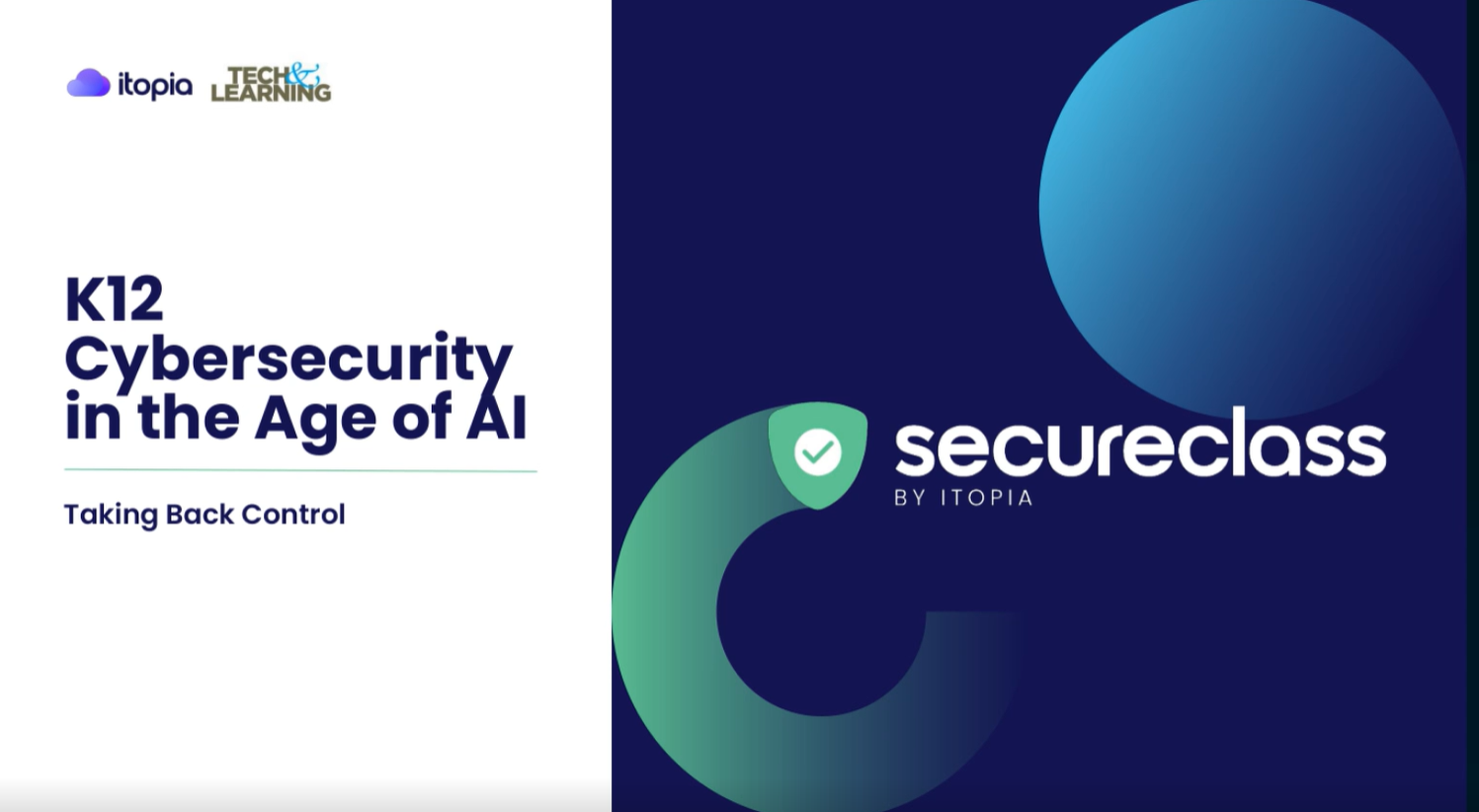Running a Virtual School
Florida Virtual School (FLVS) serves 31,000 students each year with more than 90 course offerings, including Advanced Placement instruction for students who don’t have access to AP courses elsewhere. Last year, nearly 60 percent of FLVS’s AP courses were taken by students at schools labeled “high priority,” that is, rural, low-income, and high-minority. School CIO recently chatted with FLVS CIO Holly Sagues about the challenges of administering a virtual school and the equalizing power of online education.
Q. Was the FLVS started in response to a particular need?
A. We started out as a state “Break the Mold” grant back in 1997. The focus was to level the playing field so students in rural and high-minority districts could have access to the same level of courses as students in other districts.
Q. What advantages do you think a virtual school has over a traditional face-to-face environment?
A. Our students say the biggest advantages are that they have control over the amount of time needed to master material, they have a more one-on-one relationship with their teachers, and they have control over when they want to work on their course. Some students will learn better online, others will learn better in a traditional format. The beauty is that the student can make that choice.
Q. What are the biggest disadvantages, or challenges, to online learning?
A. From an infrastructure standpoint, our biggest challenge is keeping up with growth. We are currently going through an analysis to make sure we have adequate systems in place to meet the needs [of our students] for the next three to five years. We will serve approximately 78,000 half credits this year within the school, but [we] are also seeing growth in other virtual schools utilizing our courses and in Virtual School Administrator (our student information system).
Tech & Learning Newsletter
Tools and ideas to transform education. Sign up below.
Q. Can you talk about your infrastructure?
A. We supply a complete office setup (phone, Internet, computer, and so on) to all of our teachers. They work from their home offices. We do not supply equipment or Internet access to our students. We have agreements with all the districts in Florida that the schools will provide access to students if they don't have it themselves. Occasionally we will have a student who cannot be served through his or her public school and we work with our foundation [the Florida Virtual School Foundation, which helps ensure that all students have access to the school] to get equipment donated to the school for the student to use.
Q. Who are your teachers?
A. We hire excellent Florida-certified teachers. Most come from our public schools, but we have a handful of teachers who are Florida certified but live in other states. They take a combination of both online and face-to-face training when they’re hired. We also pair up new teachers with experienced teacher/mentors for their whole first year for "just in time" one-on-one training when they need it.
Q. Who creates your online courses?
A. Originally, our teachers worked in a team environment and developed our first courses. They were pretty dry—text and graphics, mostly. Through better technology and research, we have added much more interaction with the help of more advanced programmers. However, our teachers are still our subject-matter experts. We rely on their feedback as well as our students to determine best practices. We also have curriculum specialists who work with teachers in identifying areas where students struggle and developing the proper solution.
Q. I’ve read that FLVS is the only school where funding is tied directly to student performance. A critic might be concerned that means teachers feel pressure to pass students. What does funding tied to performance mean practically?
A. We are funded on successfully completed students, primarily. We have developed administrative technologies and reports within our student information system to make sure that teachers and students are doing what is expected of them. [For example], we have an instructional leader (similar to a principal) in each of our 12 school houses [virtual houses that break down the FLVS population into manageable pieces]. Each instructional leader can go into a teacher’s online classroom to review student work, grades, phone calls, e-mails, etc. They can see how much of the course students have completed on a particular day and have access to over 20 different types of reports to make sure what they think is happening in a classroom is really happening. They also talk to their teachers on a very regular basis.
Q. Do you have any thoughts for someone starting a virtual school?
A. A couple of lessons learned: make sure you have legislative support for your virtual school. We see many virtual schools struggling to get funded each year as they still don't have a funding model in place. And communication is key—communication between students, parents, and teachers. Technology should provide the vehicle to provide that communication. It's all about learning through a new means of communication, and having the data to support what you’re doing.
Susie Meserve, former assistant editor of Technology & Learning, lives in San Francisco.
To learn more about FLVS, visit www.flvs.net. You can view a demo course at www.flvs.net/products_services/p_s_course_demos.php.
